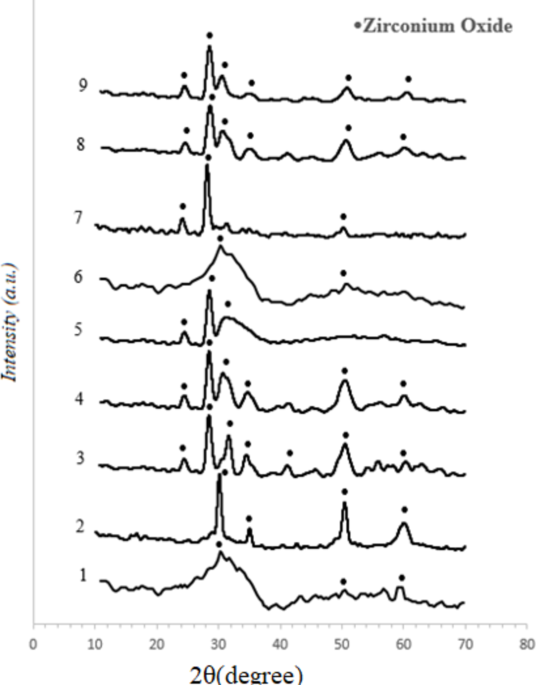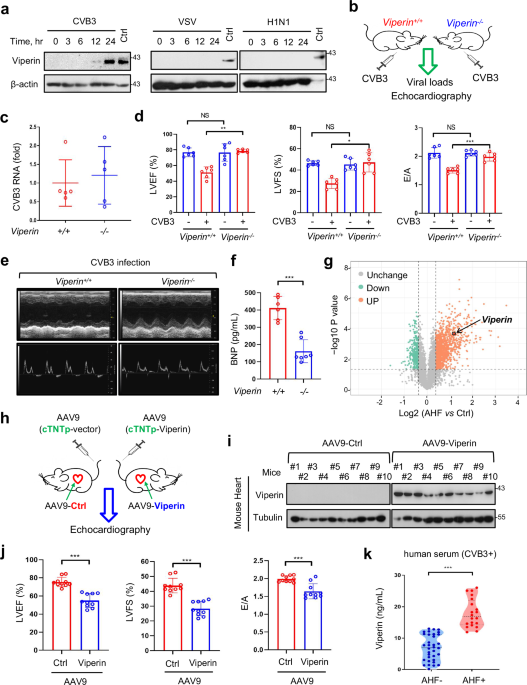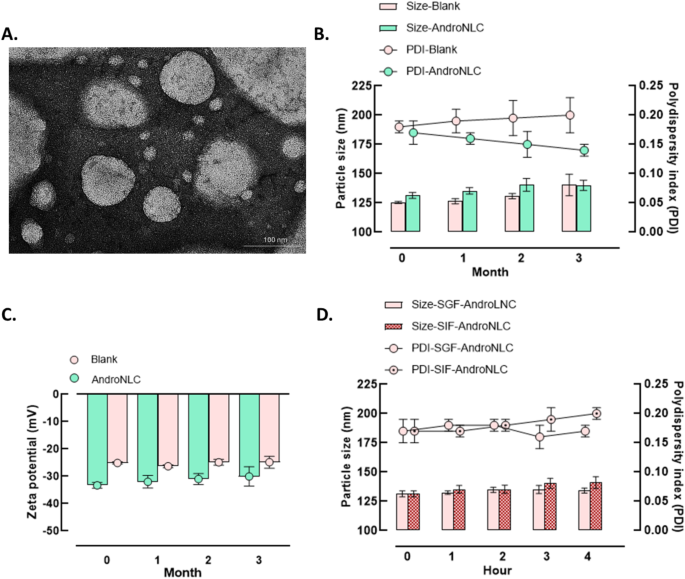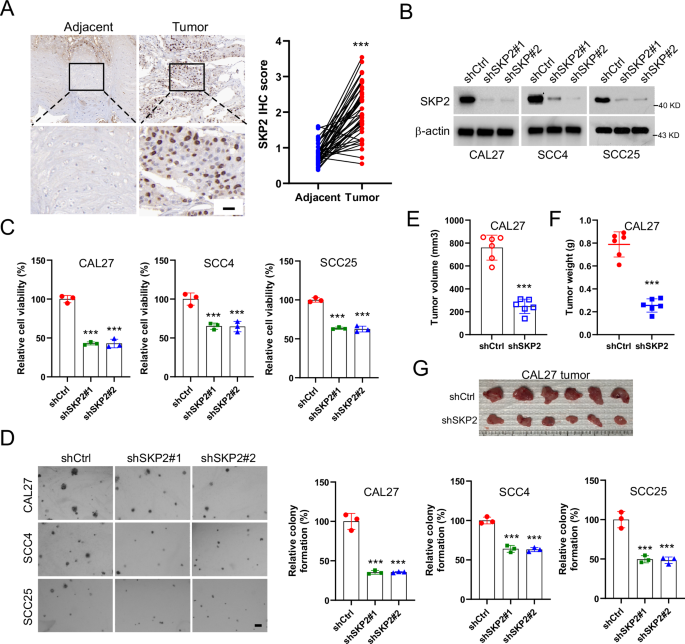Its History Of Adult Adhd Assessments
Assessment of Adult ADHD
If you’re considering a professional assessment of adult ADHD You will be pleased to learn that there are many tools at your disposal. These tools be self-assessment tools, clinical interviews and EEG tests. The most important thing to remember is that while you are able to use these tools, you must always consult with an expert in medical before proceeding with an assessment.
Self-assessment tools
You should begin to look at your symptoms if you suspect you might have adult ADHD. There are many medical tools that can assist you do this.
Adult ADHD Self-Report Scale – ASRS-v1.1: ASRS-v1.1 measures 18 DSM IV-TR criteria. The questionnaire is a five-minute, 18-question test. Although it’s not designed to diagnose, it could help you determine if are suffering from adult ADHD.
World Health Organization Adult ADHD Self-Report Scale: ASRS-v1.1 measures six categories of inattentive and hyperactive-impulsive symptoms. You or your companion can complete this self-assessment tool. You can use the results to monitor your symptoms as time passes.
DIVA-5 Diagnostic Interview for Adults: DIVA-5 is an interactive form that utilizes questions adapted from ASRS. You can complete it in English or another language. A small fee will pay for the Cost Of Adhd Assessment Uk of downloading the questionnaire.
Weiss Functional Impairment Rating Scale: This scale of rating is a great choice for an adult ADHD self-assessment. It evaluates emotional dysregulation which is one of the major causes in ADHD.
The Adult ADHD Self-Report Scale (ASRS-v1.1): This is the most used ADHD screening tool. It consists of 18 questions, and it takes just five minutes. It is not a definitive diagnosis but it can assist healthcare professionals in making an informed choice about whether or not to diagnose you.
Adult ADHD Self-Report Scope: This tool can be used to detect ADHD in adults and collect data for research studies. It is part of the CADDRA-Canadian ADHD Resource Alliance’s electronic toolkit.
Clinical interview
The first step in determining adult ADHD is the clinical interview. It includes a detailed medical history as well as a thorough review the diagnostic criteria, as well as an examination of a patient’s current state.
ADHD clinical interviews are usually coupled with tests and checklists. For example, an IQ test, an executive function test, and a cognitive test battery could be used to determine the presence of ADHD and its signs. They are also utilized to assess the severity of impairment.
 It is well-documented that a variety clinical tests and rating scales can be used to identify the symptoms of ADHD. Numerous studies have examined the efficacy and reliability of standard questionnaires that measure ADHD symptoms and behavior. But, it’s not easy to identify which is the best.
It is well-documented that a variety clinical tests and rating scales can be used to identify the symptoms of ADHD. Numerous studies have examined the efficacy and reliability of standard questionnaires that measure ADHD symptoms and behavior. But, it’s not easy to identify which is the best.
It is important to consider all possibilities when making an assessment. One of the best methods to do this is to collect details about the symptoms from a reliable source. Teachers, parents as well as other individuals can all be informants. Being a reliable informant could make or the difference in a diagnosis.
Another alternative is to use a standardized questionnaire that measures the severity of symptoms. It allows comparisons between ADHD sufferers and those without the disorder.
A review of the research has revealed that a structured interview is the most effective way to get a clear picture of the primary ADHD symptoms. The clinical interview is the most thorough method of diagnosing ADHD.
Test EEG NAT
The Neuropsychiatric Electroencephalograph-Based adhd assessments Assessment Aid (NEBA) test is an FDA approved device that can be used to assess adhd the degree to which individuals with ADHD meet the diagnostic criteria for the condition. It is recommended to be utilized in conjunction with a clinic assessment.
This test measures the quantity of fast and slow brain waves. Typically, the NEBA is completed in around 15 to 20 minutes. Apart from being helpful in diagnosing, it can also be used to evaluate the progress of treatment.
The findings of this study suggest that NAT can be used to determine the level of attention control among people suffering from ADHD. This is a brand new method that improves the accuracy of diagnosing ADHD and monitoring attention. It is also a method to assess new treatments.
The resting state EEGs are not well studied in adults suffering from ADHD. While studies have revealed the presence of symptomatic neuronal oscillations, the connection between these and the symptomatology of the disorder is still unclear.
EEG analysis was initially believed to be a promising method for diagnosing ADHD. However, the majority of studies have not produced consistent results. However, research into brain mechanisms may lead to improved brain-based models for the disease.
The study involved 66 people with ADHD who were subject to two minutes of resting state EEG testing. When eyes were closed, each participant’s brainwaves were recorded. Data were then processed with 100 Hz low pass filter. After that the data was resampled to 250 Hz.
Wender Utah ADHD Rating Scales
The Wender Utah Rating Scales are used to determine ADHD in adults. They are self-report scales and measure symptoms like hyperactivity, lack of focus, and impulsivity. It can be used to assess a broad range symptoms and has high diagnostic accuracy. Despite the fact that the scores are self-reported, they are an estimate of the probability of a person being diagnosed with ADHD.
The psychometric properties of Wender Utah Rating Scale were assessed against other measures for adult ADHD. The test’s reliability and accuracy were examined, along with the factors that may affect the test’s reliability and accuracy.
The study concluded that the score of WURS-25 was strongly associated with the ADHD patient’s actual diagnostic sensitivity. Furthermore, the results indicated that it was able to accurately identify a large number of “normal” controls and patients suffering from depression.
The researchers used a one-way ANOVA to determine the discriminant validity for the WURS-25. The Kaiser-Mayer Olkin coefficient for the WURS-25 was 0.92.
They also found that WURS-25 has high internal consistency. The alpha reliability was good for the ‘impulsivity/behavioural problems’ factor and the’school problems’ factor. However, the’self-esteem/negative mood’ factor had poor alpha reliability.
To analyze the specificity of the WURS-25 the previously suggested cut-off score was utilized. This resulted in an internal consistency of 0.94.
The earlier the onset, the more criteria for diagnosis
Achieving a higher age of the onset criterion for adults ADHD diagnosis is a logical step to take in the quest for earlier diagnosis and treatment of the disorder. However there are a myriad of concerns surrounding this change. This includes the possibility of bias as well as the need for more objective research, and the need to decide if the changes are beneficial.
The interview with the patient is the most important element in the process of evaluation. It can be a challenging job when the patient is erratic and unreliable. It is possible to get adhd assessment important information by using validated scales of rating.
Several studies have examined the use of validated rating scales to identify individuals with ADHD. While a large number of these studies were conducted in primary care settings (although there are a growing number of them have been conducted in referral settings) however, the majority of them were conducted in referral settings. Although a valid rating scale could be the most effective instrument for diagnosing however, it is not without limitations. Clinicians should be aware of the limitations of these instruments.
One of the most convincing arguments for the validity of validated rating systems is their ability to diagnose patients suffering from comorbid ailments. Additionally, it is useful to use these tools to monitor the progress of treatment.
The DSM-IV-TR criterion for adult ADHD diagnosis changed from some hyperactive-impulsive symptoms before 7 years to several inattentive symptoms before 12 years. This change was not based on much research.
Machine learning can help diagnose ADHD
The diagnosis of adult ADHD has been proven to be complex. Despite the recent advent of machine learning techniques and techniques, diagnostic tools for ADHD have remained mostly subjective. This can lead to delays in initiating treatment. Researchers have developed QbTestwhich is an electronic ADHD diagnostic tool. The goal is to improve the accuracy and reliability of the procedure. It’s a computerized CPT coupled with an infrared camera that measures motor activity.
An automated diagnostic system could help reduce the time required to diagnose adult ADHD. In addition, early detection would aid patients in managing their symptoms.
Several studies have investigated the use of ML to detect ADHD. The majority of studies utilized MRI data. Certain studies also have looked at eye movements. These methods have many advantages, such as the reliability and accessibility of EEG signals. However, these techniques have limitations in sensitivity and specificity.
 A study conducted by Aalto University researchers analyzed children’s eye movements during an online game in order to determine whether the ML algorithm could identify the differences between normal and ADHD children. The results proved that a machine-learning algorithm could identify ADHD children.
A study conducted by Aalto University researchers analyzed children’s eye movements during an online game in order to determine whether the ML algorithm could identify the differences between normal and ADHD children. The results proved that a machine-learning algorithm could identify ADHD children.
Another study compared the efficacy of various machine learning algorithms. The results showed that a random forest technique provides a higher rate of robustness and higher rates of risk prediction errors. Similar to that, a permutation test had higher accuracy than randomly assigned labels.










